Personal thinking and planning are now easier with MindMapper 17 Arena from SimTech USA. The latest version of this well-respected mind mapping program is focused on helping you set and achieve personal goals. It includes an impressive set of personal planning and information management maps that are among the best I’ve seen.
The developer has also made a number of other improvements to MindMapper 17 to help you turn ideas into results. These include an improved user interface, improved collaboration tools and an improved planner with Google calendar integration.
In this review, we’ll take a closer look at the business-oriented improvements and new features of MindMapper 17 Arena, to help you better understand how you may apply them to your work. As with previous versions of this program, MindMapper 17 is available in three versions: Standard, Professional and Arena. This last option has the most features, and is the version we will be exploring in this review.
Mind map collaboration features
MindMapper 17 Arena enables distributed teams to collaborate on a shared mind map. The map creator can set permissions for creating, modifying and deleting map branches and whether or not participants can download the mind map. The map creator can also set up voting, can view a log of changes made to date and can roll the map back to any previous version. This last capability is essential for efficient team management of mind maps. A chat window enables team members to discuss the mind map as they are working on it.
In order to collaborate, the other team members must be working on Windows PCs. If those machines don’t have MindMapper 17 Arena installed, the collaboration invitation email will include a link to download the basic version of MindMapper 17, configured so it can only open and edit collaboration maps.
Personal planning and life management mind maps
The planner: MindMapper 17’s new planner positions it as THE go-to program for personal development. Clicking on the program’s Planner toolbar tab opens an impressive toolset. A master map command opens a colorful life-planning mind map framework that includes topics for setting a personal vision, your core values and aspirations. The Life Plan topic enables you to plan yearly goals, and an Annual Plan topic enables you to capture your ideas and break them down into goals, time frames and tasks. This master mind map is quite comprehensive and is an excellent framework for life planning!
MindMapper 17 Arena’s Vision map is also well-designed, and walks you through a solid process for developing a personal vision and mission statement. A Life Plan map enables you to set major goals for each decade and year of your life, and an Annual Plan breaks these bigger goals down into monthly action steps. In addition, this toolbar contains a Custom button. When you click its open command, MindMapper 17 Arena displays a personal project template that helps you define its goal, scope and strategy, an action plan and roles and finally. a set of long- medium- and short-term schedules.
But that’s not all. An Information Management button opens a large mind map that includes topics for tracking your health, finances (account numbers), emergency contacts, a personal phone directory and other vital information, such as your passport number, automotive information and driver’s license.
Back on the Home tab of MindMapper 17 Arena, a separate Planner button enables you to view your mind map side-by-side with a Google Calendar month view of the current month. This makes it easy to drag and drop action items from your project map into the days where you’d like them to appear in your calendar. You can also “register” your planning mind maps. This tells MindMapper that any tasks should be synchronized with your Google Calendar. This approach is so simple, I’m surprised that no other mind mapping software developer has thought of it before.
The diary: This feature is not something I ever expected to see in mind mapping software program, so I immediately dug into its functionality. Unfortunately, it’s not described in the program’s help file, so you’re on your own to explore it and learn how to use it. When you click on the diary button in the Planner tab, an org-chart type of map appears, with months of year as first-level topics, arranged horizontally in chronological order. The downward facing branches contain the days of the month. Within each of them, you can enter your thoughts and inspirations as subtopics.
I’m not sure how much I would use such a diary, but if you’re someone who plans to use Mind Mapper’s Planner to chart your goals, I can see how it would be much more useful. For business applications, not so much.
Mind map templates with a welcome twist
MindMapper has always contained map templates, but I like the way they’re implemented in this version – specifically those that are focused on thinking and planning. Located in the Ideation tab of the program’s toolbar, MindMapper 17 Arena offers the following tools:
- Brainstorming
- Radiant association
- Attribute listing
- Process planning
- Fishbone (root cause analysis)
- Backward reasoning
- SWOT analysis
- Forced connection
Within each of these combo buttons are three choices: sample maps, templates and explanation. Selecting the first option displays a finished map, so you can see what it’s ideally supposed to look like when it’s done. Templates provides access to a blank template you can use as a starting point for your own map. Finally, clicking on explanation opens a vertical panel on the right side of the workspace that gives you step-by-step instructions on how to create that type of diagram.
It’s a simple solution to a big problem: Getting users to try new capabilities. SimTech’s solution is an elegant one: Inspire users with what’s possible, give them a template and then hold their hand through the process of fleshing it out.
Project management tools
MindMapper 17 Arena takes a decidedly light-weight approach to project management. That’s not to say it’s poorly implemented. Rather, its developers recognize that the average executive who isn’t trained as a professional project manager doesn’t need all of the PDMA-inspired bells and whistles. You can designate tasks and create or import resources from Excel. But rather than a GANTT chart, the program uses Google Calendar as its timeline. Simple, but effective.
Conclusion
MindMapper continues to impress with its ease of use and well-designed toolset. MindMapper Arena 17 contains a bevy of well-designed tools that should help the average user to get work done efficiently. Aiming the program’s new Planner at personal development was a stroke of genius; no other mind mapping software developer has taken such a comprehensive, built-in approach to assisting users in setting a vision, establishing goals and then translating them into action. If you’re looking for a tool to help you do these things, I think you’ll really love MindMapper 17 Arena’s practical, well-designed approach to helping you succeed.
MindMapper 17 Arena is available from the developer’s website at a price of US$249; a Professional version – which doesn’t have the collaboration tools – is $120 and the Standard version is $100. If you have MindMapper 16, then version 17 is a free upgrade – nice! You can also download 30-day trial versions of all three configurations of the program.

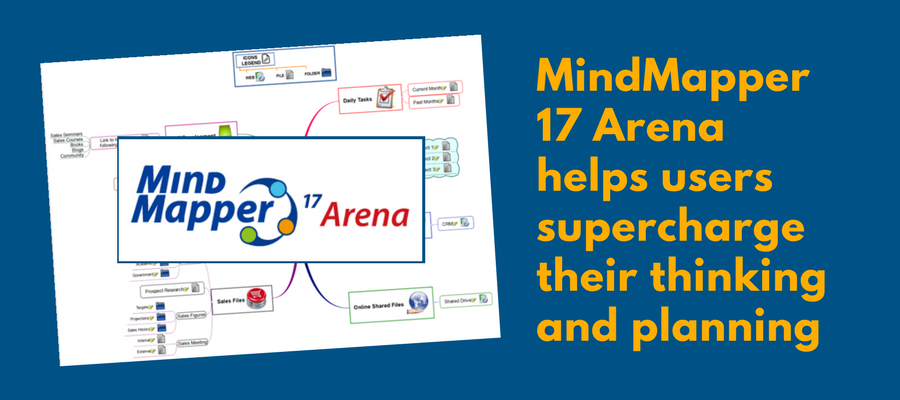
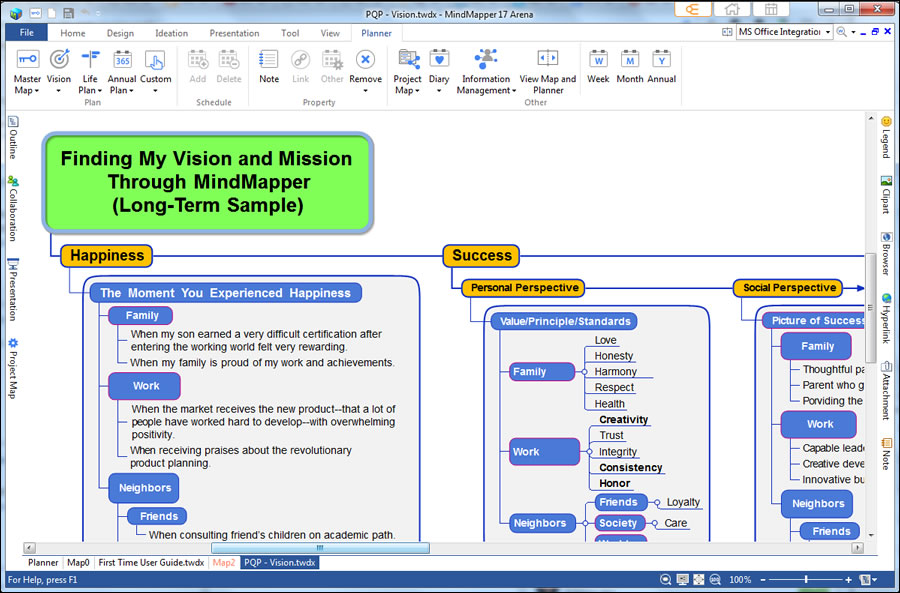
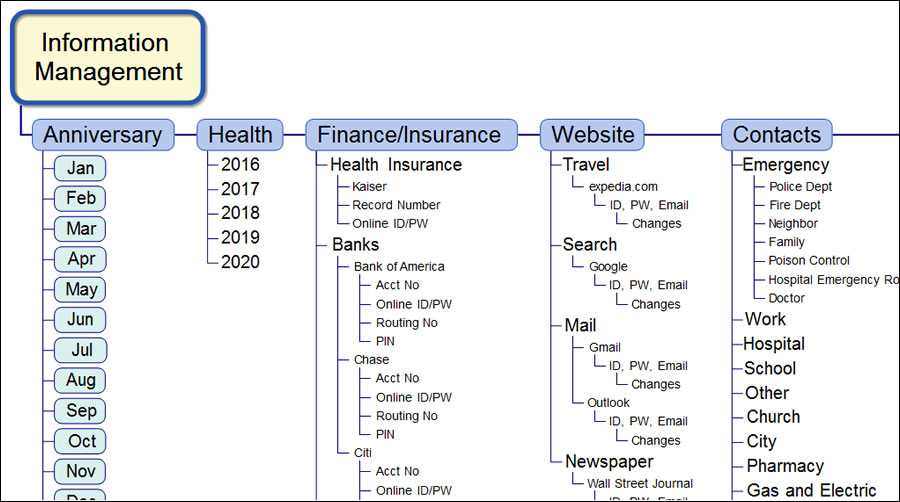
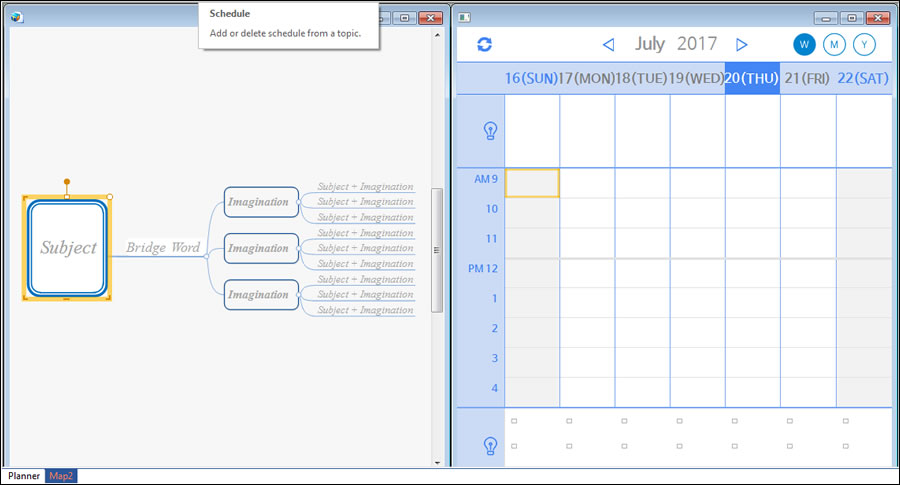
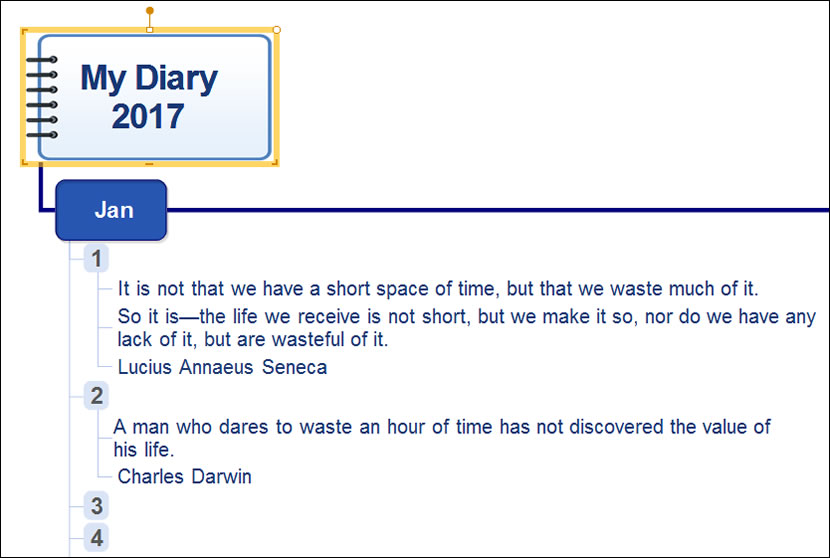
Leave a Reply